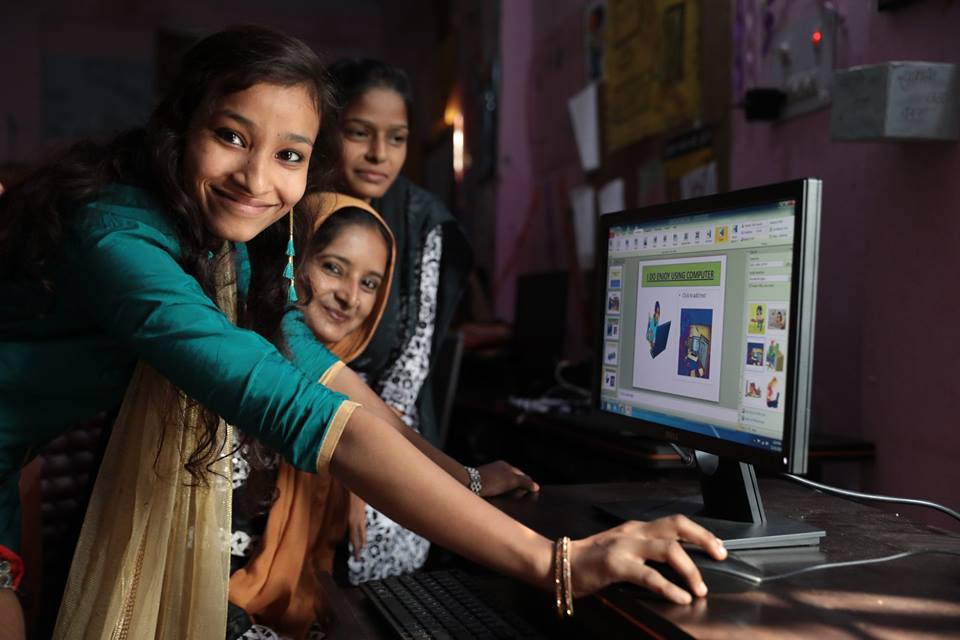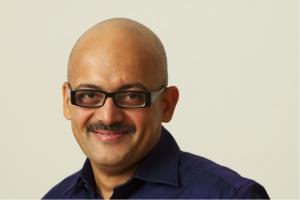Today, increasingly, we see young scientists-turned-social entrepreneurs, many of whom are busy inventing what they believe the poor need. From solar torches to smart classroom blackboards, from remote diagnostics to low cost spectacles to micro-banking, there are innumerable examples of technology led social business innovations that are catching the fancy of media and investors. While these are useful products, and their functionality and distribution improves with each passing year, they are making little difference in the lives of their target customers: the poor.
The ecommerce and internet-led business models that we see proliferating today are generally addressing the needs of customers in cities. These include, for instance, aggregators such as the Uber and Swiggy or the payment solution provider, PayTM. In these businesses, the innovators, customers and even investors are all city dwellers. Therefore, the entire ecosystem that surrounds an innovator is one that perpetuates what they already know.
However, the same does not always apply for social businesses. These actors come from a world that is very different from that of the customer. As a result, we’ve seen over the years that when smart entrepreneurs and even smarter investors have pursued the next unicorn business model in the rural space, they have used their limited vision and understanding of the urban context to find the ‘need’ in a geography and culture which they could not remotely relate to. The results, therefore, are no surprise.
Related article: What social businesses are getting wrong
Many ‘product-focused’ social enterprises are not really listening
The laundry list of ‘needs’ articulated by a community may not be very different from what social entrepreneurs aim to address with their products. However, how the community prioritises these needs might be different. If a village’s priorities include livelihoods, healthcare or access to water, there would be few takers for a solar torch or a clean cookstove. If however, you were to ask them whether they need a solar torch, many may raise their hands. A few members of the upper-class families might even buy a few, but the volume and margins (especially given the competition from Chinese products) would be too low for achieving sustainability.
So your next move might be to focus on pushing sales. To do this, many social enterprises partner with microfinance companies, bundling their product with a loan. Today in villages across India, it is not uncommon, for instance, to have to purchase a INR 2,000 cookstove to access an INR 20,000 loan at 18% interest. Instalments for the cookstove are baked into the loan repayment schedule. This is modern-day exploitation which would put even traditional moneylenders to shame.
Social enterprises are first and foremost, listening enterprises. They start from a need and not from an idea; but more importantly, they start with communities as their co-creators. The best products, such as those developed by PRADAN in the field of livelihoods were not initiated as a business for scale or for investors. For example, businesses such as piggeries, fisheries and poultry farms were created to address a specific need. Today these businesses have far greater scale and sustainability as compared to many products whose revenues haven’t even matched the initial investment.
Social enterprises should be first and foremost, listening enterprises.
Listening is an art. However, it becomes a science when it comes to listening beyond what we want to hear. The priority list of needs are ascertained by the villagers themselves, as they should be; and this is done especially by women, but in whispers, given that they are mostly expected to keep quiet in village meetings.
Women are rich in knowledge when it comes to rural needs, because they are both owners of the household budget as well as the primary consumers, especially if their husbands have migrated to the city for work. Being wise planners, they focus on the ‘need’ more than the ‘want’. I learned this through my experience of trying to bring a telemedicine kit to a village where I spent my childhood.
The telemedicine business model
As co-founder of Drishtee, an organisation that develops rural franchising, I had seen early success with our efforts. (The franchisees are rural entrepreneurs and therefore are always connected to the community they serve). We started in the year 2000 by retailing government services through ICT enabled kiosks for a fee, in villages. Back then, I would see scores of people lining up at these village centres to get their copy of their land record, or to file an e-complaint for a reimbursement as low as Rs 10 or as high as Rs 40 for a license.

Photo courtesy: Anand Sinha
Loaded with confidence of rural selling and being at the frontier of the ICT revolution in villages, we started experimenting with various business models. Introducing a telemedicine kit which had a SIM card and could remotely connect with doctors and share necessary health data, was a revelation even for me as a social tech entrepreneur. Initially, my excitement was echoed by the villagers in the remote village of Saurath in Madhubani district of Bihar, where I spent my childhood. They turned up in large numbers to witness the ‘magic’. This time the magic box was smaller than the bulky PCs that they had witnessed earlier.
The process adopted to gauge demand—we needed to go beyond the ‘need’ to develop a business plan around the telemedicine—for on-site diagnostic and remote doctor consultancy, was simple. Each patient would first speak to a remote doctor. Based on the doctor’s advice, if there were any tests such as ECG, blood pressure, temperature, blood sugar, or others required, the telemedicine device would first carry them out. Then, the results would be sent electronically to the same doctor for the final prescription. This took a total of 15 minutes. These doctors would devote two hours remotely every week, for each village.
After this short exercise, we would ask the patient if they would be willing to pay for such a service and if yes, how much. The unanimous answer was that they liked what was being offered and would be willing to pay the stipulated INR 50 per diagnosis.
We were elated. We had cracked a very valuable service for the community. We developed a Health Franchisee model, through which someone who would invest in the telemedicine equipment and keep related products could then sell the services in the community and earn a decent livelihood.
One year later, we officially declared the model a failure.
The number of patients had dwindled from a healthy 20 per day to a meagre one or two, making the cost of running the operation prohibitive. I was baffled initially but soon realised that we had made the cardinal sin of asking the question which perhaps had only one answer: ‘Do you value the product that is on offer?’
They did; perhaps more than the education, energy or banking products that were sold to them. But there were other pressing needs that took precedence over their daily ailments, especially if they were spending the INR 50 sitting in their pocket.
Moreover, villagers would not wait for a week to get their remedies settled, which is the duration the doctors took to get back with a diagnosis. If the qualified doctor would identify chronic issues, patients would turn to the rural medical practitioner (RMP) who gave them low-end but quick remedies for their non-life-threatening diseases at a third of the cost. Finally, the villagers’ confidence in a machine (without the doctor) was half that in the RMP.
The model might have still worked had we taken the RMP into confidence. The on-site diagnostic threw up important data that would have been useful for even for the half-qualified medical practitioner to take informed decisions. But our model relied on the combination of technology and a qualified doctor at the backend. The villagers were being truthful when they raised their hands agreeing to pay the telemedicine fees. However, we were too smitten by our technology and our business model to see its cracks.
We were too smitten by our technology and our business model to see its cracks.
Twelve years down the line, we have understood that the economic deprivation of villagers has many stakeholders but only one sufferer, the villagers themselves. Therefore, it is they who must lead the change. Drishtee’s work now is that of a catalyst with a belief that majority of villagers’ problems can be solved by their coming together and taking control of their destiny. Our role is thus to merely fill the gaps, if any, from the outside.
Following this paradigm rather than the one most social enterprises start with, means that both, the community’s needs and their prioritisation, come from the community itself. Social entrepreneurs need to come out of their comfort zone and offer their competence, energy and business acumen for the good of the society, while allowing people to participate in solving their own problems.
Satyan spoke at the recent BOP Global Summit – New strategies for building BOP ecosystems, held in Delhi.





